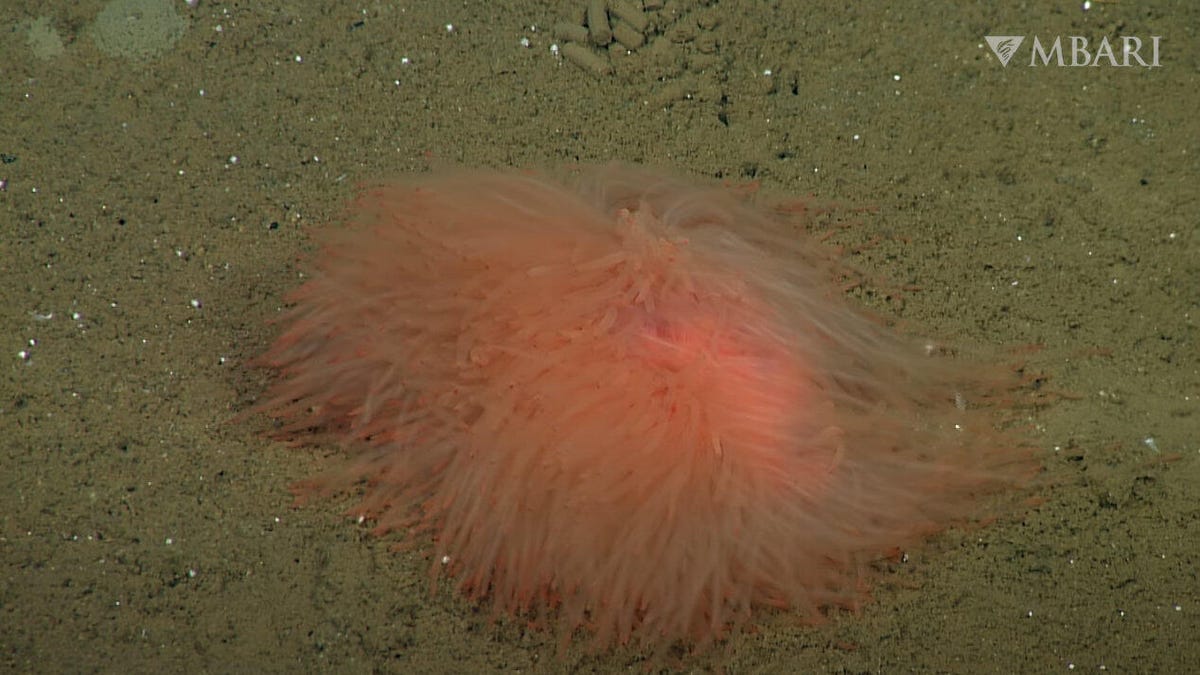Scientists Explain 'Mystery Masses' Discovered on Seafloor
Forbidden spaghetti. Do not eat.
Mop head. Pom-pom. Underwater tribble. When scientists with the Monterey Bay Aquarium Research Institute spotted "mystery masses" on the seafloor of Mexico's Gulf of California, they initially scratched their heads. What were those weird, tentacle-y things? An MBARI statement on Tuesday cleared it up. Those animals were spaghetti worms.
Spaghetti worms are known by their scientific name of Biremis. The specimens spotted by an MBARI remote-operated vehicle turned out to be a new species. "Biremis has no eyes, no gills, and lacks obvious chaetae, or bristles, along its body segments," the institute said. "It is also unusual because its tentacles are inflated, giving it the pom-pom appearance that caught the researchers' attention."
You must watch the video to see one of these orange-ish creatures just chilling on the seafloor and looking very serene.
The bottom-dwelling worms have mostly been spotted at depths greater than 6,600 feet (2,000 meters). Previously, they had only been found in the Bahamas. They use their tentacles to trap food particles.
It's one thing to recognize this wonderful worm as a new species and another to put together a formal description and give it a name. MBARI said scientists are working on learning more about its appearance, genetics and natural history. At least these funky critters have an explanation, unlike those weird holes in the seafloor spotted by a different ocean expedition.
MBARI said the spectacular spaghetti worms highlight how scientists are making new discoveries below the waves, and how these animals are under threat from overfishing, pollution and climate change. Researchers at the institute have found 240 new species during the past 35 years, with 30 of those being worms. This latest one isn't quite a flying spaghetti monster. More like a swimming spaghetti monster.


